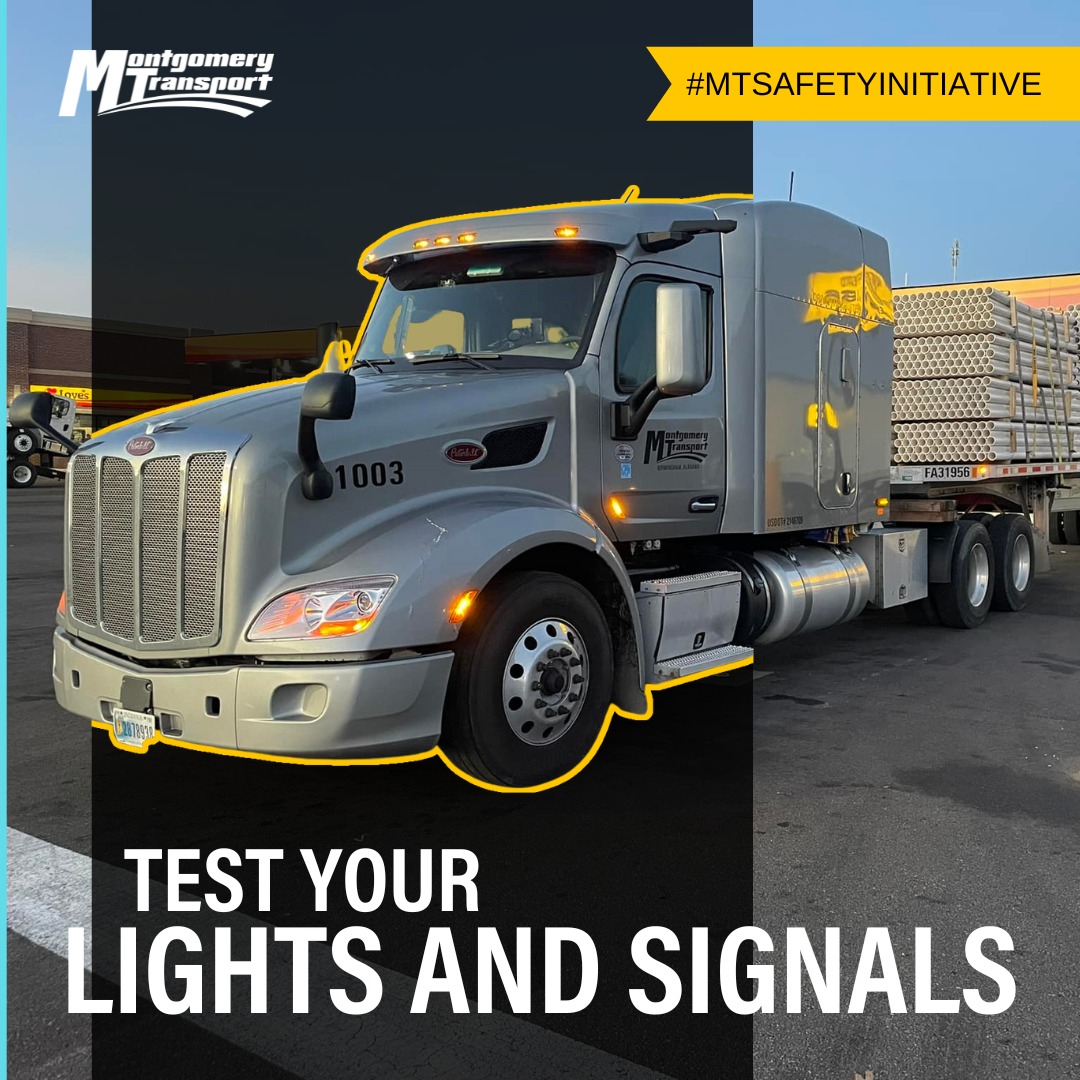1. Check your headlights and taillights.
The days are getting shorter, which means you will spend more time traveling when it’s dark. Prepare for longer nights by making sure all truck lights are working.
2. Pack your chains.
Chain laws go into effect in September for Colorado and California and shortly thereafter for the rest of the country. Be sure your chains are in your truck.
3. Take extra care when coupling your trailer.
When the weather gets cold, the grease on the fifth wheel thickens up. This means it may take more time for the jaws to engage when hooking up to a trailer. Always make sure you hear the jaws are fully engaged before driving away.
4. Be cautious when driving through fallen leaves.
Leaves piled up on the side of the road can be some of the most dangerous fall driving hazards. Wet leaves stick to the pavement and make it as slippery as ice. Drive through leaves the same way you would on ice or snow:
5. Keep your sunglasses close.
In the fall the sun is lower in the sky, producing significantly more glare for truckers making it difficult to see other vehicles and the roadway ahead. Be sure to always have a good set of sunglasses with you and adjust your visors properly.
6. Prepare yourself for fog.
Fall mornings are much cooler, and fog is much more likely to form. This is especially true at higher elevations. When driving through fog be sure to:
- Slow down.
- Double your seven-second following distance.
- Have your low-beam headlights on.
7. Pay attention to weather forecasts while trip planning.
Fall is a transitional period which means you can quickly go from sunny and dry to dark and snowy. Pay extra attention to changing conditions, especially on longer runs.
8. Fall Festivals and Halloween
This time of year, fall festivals, parades and Halloween activities are gearing up. Be prepared for delays and pay close attention to people on sidewalks and side streets. Watch out for kids because they are not always watching out for you.


